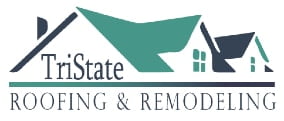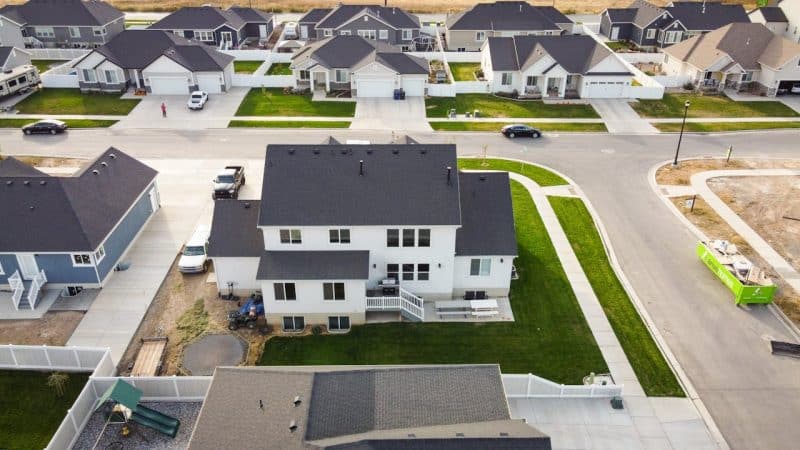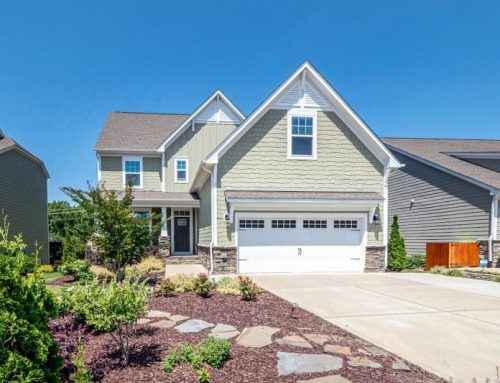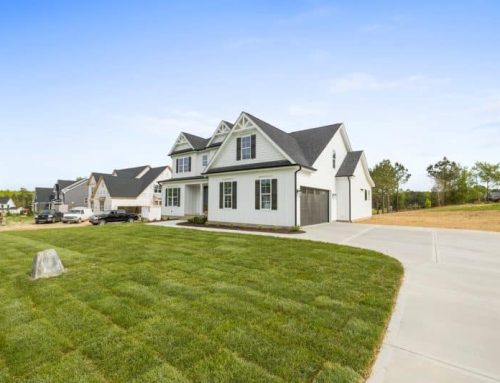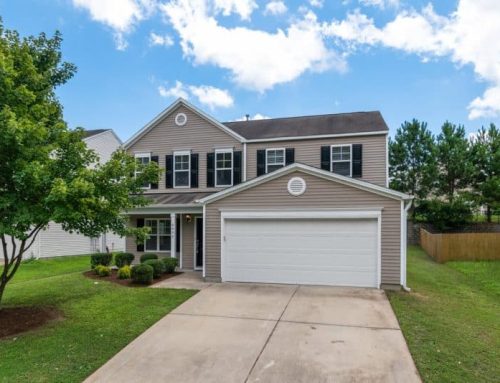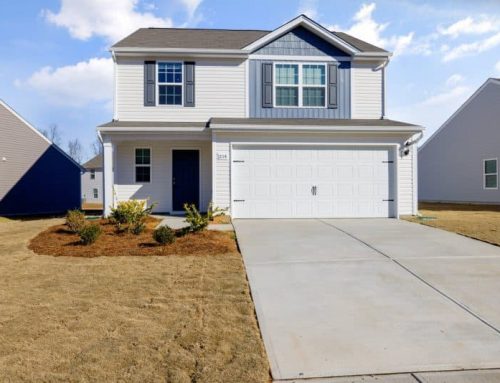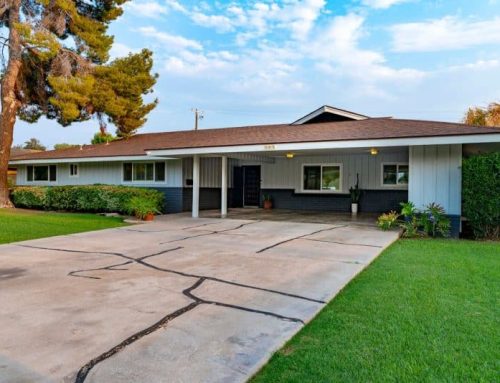Your roof is one of the most critical components of your home, protecting you from weather and outside elements. Regular inspections by a qualified roof inspector are essential to maintain the integrity and longevity of the roof. Yet, many homeowners overlook this important task until problems become visible—and expensive.
Hiring a professional roof inspector can save you from potential headaches and financial burdens down the road. During an inspection, they meticulously evaluate various aspects of your roof to ensure it’s in top condition. From structural integrity to ventilation issues, inspectors check for a range of factors that many may not even consider.
Here are seven critical aspects that roof inspectors focus on during their thorough evaluations:
1. Shingle Condition
Inspectors first assess the general state of the shingles. They look for signs of cracking, curling, or missing shingles, which can indicate aging or storm damage. Damaged shingles not only compromise the roof’s ability to shed water but also hint at potential problems below the surface.
2. Flashing and Waterproofing
The inspector will examine the flashing around areas like chimneys, vents, and skylights. Flashing is crucial in preventing water leaks at joints or openings. Any signs of rust, damage, or improper installation can lead to moisture infiltration and subsequent water damage inside your home.
3. Gutter and Drainage Systems
A thorough inspection includes checking the gutters and downspouts for clogs, leaks, or structural issues. Proper drainage is vital to direct water away from your property, preventing water buildup on the roof that can lead to leaks or ice dams in colder climates.
4. Roof Ventilation
Proper ventilation is crucial for maintaining roof health. Inspectors ensure that attic and roof ventilation is functioning correctly to avoid heat and moisture buildup. Heat and moisture buildup without adequate ventilation can cause severe issues, such as accelerating the aging of shingles, warping the roof deck, or even fostering mold growth within your attic space. Inspectors look for signs like warped or discolored roof sheathing and insulation, as these can indicate ongoing ventilation problems.
5. Structural Integrity
After ensuring proper ventilation, inspectors turn their attention to structural integrity. This involves checking the roof’s supporting elements—rafters, trusses, and decking. They look for any signs of sagging, rot, or damage that might compromise the roof’s structural performance. Minor issues here can escalate into severe problems if not addressed promptly. For instance, sagging could indicate water damage, excess weight on the roof, or even foundation issues. These problems not only affect the roof itself but can also impact the overall stability of your home. Inspectors also assess for signs of pests, such as termites or rodents, which may compromise the wood’s integrity.
6. Roof Leaks and Signs of Water Damage
A critical part of the inspection is identifying any potential leaks or existing water damage. Inspectors will look for water stains, damp spots, or mold on the ceiling and in the attic. They use moisture meters and thermal cameras to detect hidden leaks or areas where water might be seeping in. Catching leaks early is crucial to prevent extensive damage to walls, ceilings, and insulation, which could lead to costly repairs down the line.
7. Roof Age and Longevity
Finally, inspectors consider the age of your roof in relation to the type of roofing material used. Different materials have varying lifespans, and an inspector will estimate how much longer your roof will reliably protect your home. Knowing your roof’s age and expected lifespan can help with budgeting and planning future replacements or repairs.
Need a Roof Inspection?
When you partner with Tristate Roofing & Remodeling, we will walk you through the process of keeping your roof in its best shape. Contact us today to get started!
